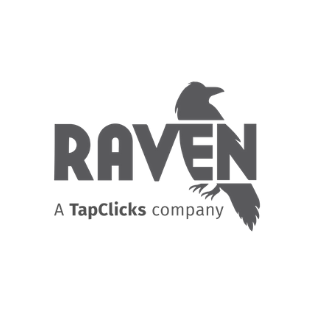Hansei and Raven Tools integration
Save yourself the work of writing custom integrations for Hansei and Raven Tools and use n8n instead. Build adaptable and scalable Data & Storage, workflows that work with your technology stack. All within a building experience you will love.


How to connect Hansei and Raven Tools
Create a new workflow and add the first step
In n8n, click the "Add workflow" button in the Workflows tab to create a new workflow. Add the starting point – a trigger on when your workflow should run: an app event, a schedule, a webhook call, another workflow, an AI chat, or a manual trigger. Sometimes, the HTTP Request node might already serve as your starting point.
Build your own Hansei and Raven Tools integration
Create custom Hansei and Raven Tools workflows by choosing triggers and actions. Nodes come with global operations and settings, as well as app-specific parameters that can be configured. You can also use the HTTP Request node to query data from any app or service with a REST API.
Supported API Endpoints for Hansei
Check API status
Checks the status of the API.
List all bots
Retrieves a list of all bots available in the API.
List all conversations of a bot
Fetches all conversations associated with a specific bot.
Send message to bot
Sends a message to the bot to receive a response.
Send message to bot
Sends a message to the bot and returns the response
List all collections
Retrieves a list of all collections available in the API.
Upload file to create source
Uploads a file to establish a new source.
Write text to create source
Creates a new source by writing text into it.
Scrape webpage to create source
Scrapes content from a webpage to generate a new source.
Upload source
Uploads a source file along with its metadata.
To set up Hansei integration, add the HTTP Request node to your workflow canvas and authenticate it using a generic authentication method. The HTTP Request node makes custom API calls to Hansei to query the data you need using the API endpoint URLs you provide.
See the example hereThese API endpoints were generated using n8n
n8n AI workflow transforms web scraping into an intelligent, AI-powered knowledge extraction system that uses vector embeddings to semantically analyze, chunk, store, and retrieve the most relevant API documentation from web pages. Remember to check the Hansei official documentation to get a full list of all API endpoints and verify the scraped ones!
Supported API Endpoints for Raven Tools
Get domain info
This request will return details for a given domain.
List domains
This request will return the available domains for the profile associated with your API key.
Remove domain
This request will permanently remove the specified domain.
Add domain
This request will add the domain provided.
Get profile info
This request will return details for the profile associated with your API key.
Add keyword
This request will add keyword to the domain provided.
Remove keyword
This request will remove a keyword from the domain provided.
Get keywords
This request will return the available keywords for the domain provided.
Get competitors
This request will return the available competitors for the domain provided.
Get keywords with tags
This request will return the available keywords with tags for the domain provided.
Upload links
This request allows you to upload a CSV containing your own link data.
Get links
This request will return all links for the domain provided.
Add links
This endpoint allows you to create new links under a specified domain.
Update links
This endpoint allows you to update existing links with new data.
Delete links
This endpoint allows you to delete existing links from your Raven profile.
To set up Raven Tools integration, add the HTTP Request node to your workflow canvas and authenticate it using a generic authentication method. The HTTP Request node makes custom API calls to Raven Tools to query the data you need using the API endpoint URLs you provide.
See the example hereThese API endpoints were generated using n8n
n8n AI workflow transforms web scraping into an intelligent, AI-powered knowledge extraction system that uses vector embeddings to semantically analyze, chunk, store, and retrieve the most relevant API documentation from web pages. Remember to check the Raven Tools official documentation to get a full list of all API endpoints and verify the scraped ones!
Hansei and Raven Tools integration details
FAQ
Can Hansei connect with Raven Tools?
Can I use Hansei’s API with n8n?
Can I use Raven Tools’s API with n8n?
Is n8n secure for integrating Hansei and Raven Tools?
How to get started with Hansei and Raven Tools integration in n8n.io?
Looking to integrate Hansei and Raven Tools in your company?
The world's most popular workflow automation platform for technical teams including
Why use n8n to integrate Hansei with Raven Tools
Build complex workflows, really fast


